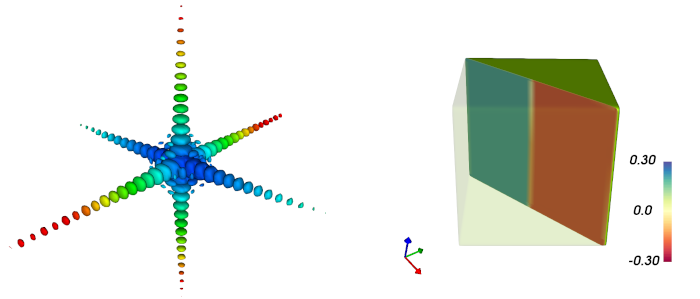Difference between revisions of "DiffSim"
m (→DiffSim) |
m (→Developer(s)) |
||
| (3 intermediate revisions by the same user not shown) | |||
| Line 3: | Line 3: | ||
__NOTOC__ | __NOTOC__ | ||
| + | [[File:diffsim_cover_art.png|center|]] | ||
===What is DiffSim?=== | ===What is DiffSim?=== | ||
| Line 19: | Line 20: | ||
Official releases are available for download [https://github.com/bonsudev/diffsim here]. | Official releases are available for download [https://github.com/bonsudev/diffsim here]. | ||
| − | |||
=== Developer(s) === | === Developer(s) === | ||
M. Newton | M. Newton | ||
| + | |||
| + | A. Mokhtar | ||
Latest revision as of 18:17, 21 September 2022
DiffSim
What is DiffSim?
DiffSim provides an atomistic approach to efficiently simulate Bragg coherent x-ray diffraction imaging (BCDI) diffraction patterns by factorising and eliminating certain redundancies in the conventional approach. The method used is able to reduce the computation time by several orders of magnitude without compromising the recovered phase information and therefore enables feasible atomistic simulations on nanoscale crystals with arbitrary lattice distortions.
Further insight into the method is found in the following article:
DiffSim is written in Python and can utilise CPU, MPI and GPU acceleration.
Releases
Official releases are available for download here.
Developer(s)
M. Newton
A. Mokhtar
